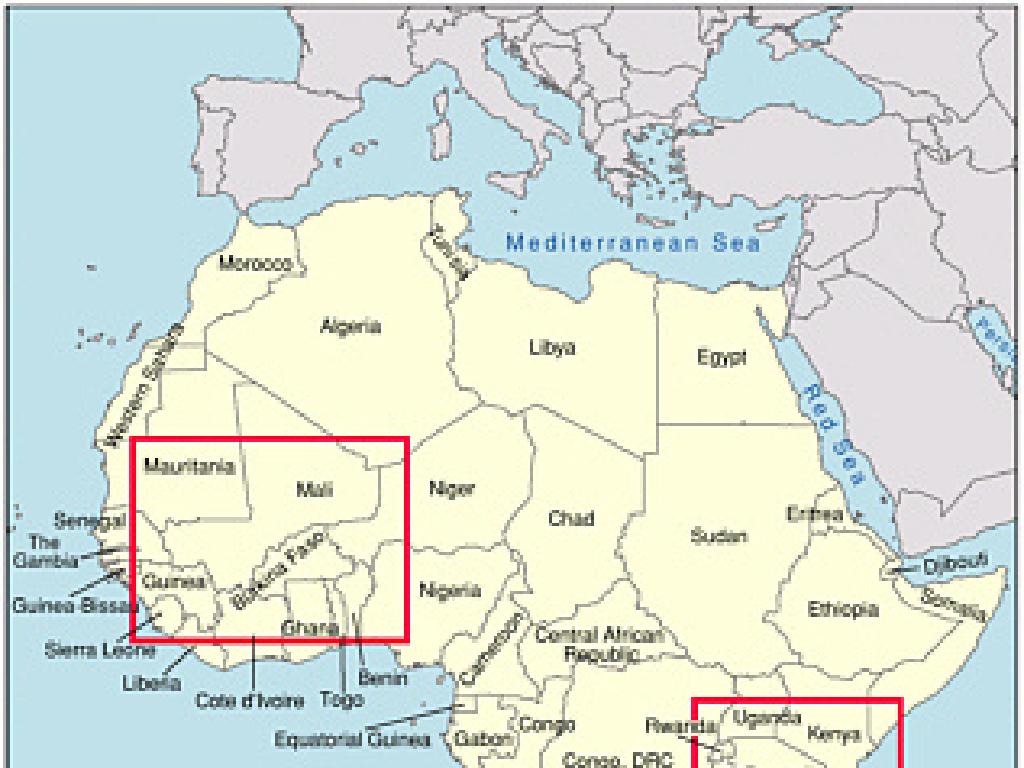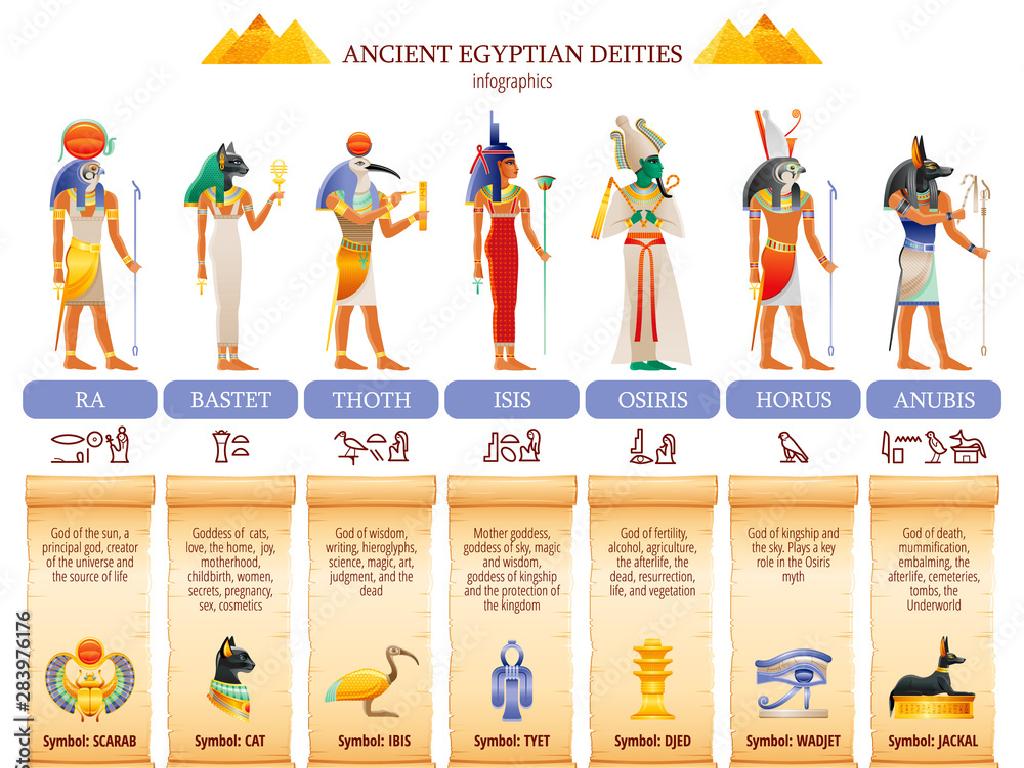Volume Of Cubes And Rectangular Prisms With Fractional Side Lengths
Subject: Math
Grade: Sixth grade
Topic: Surface Area And Volume
Please LOG IN to download the presentation. Access is available to registered users only.
View More Content
Exploring Volume: Cubes & Rectangular Prisms
– Grasping 3D shapes concept
– 3D shapes have length, width, and height
– Defining volume
– Volume measures space inside a 3D object
– Volume’s role in daily life
– Used in cooking, packing, filling pools, etc.
– Calculating volume with fractions
– Use formula V = l x w x h with fractions
|
This slide introduces the concept of volume within the context of three-dimensional shapes, specifically focusing on cubes and rectangular prisms. Begin by discussing the properties of 3D shapes, emphasizing that they have length, width, and height. Then, define volume as the measure of space inside a 3D object, which can be calculated by multiplying these dimensions. Illustrate the importance of understanding volume with examples from everyday life, such as cooking (measuring ingredients), packing (box size), or filling swimming pools (water needed). Finally, explain that volume can be calculated even when the side lengths are fractions, using the same formula V = length x width x height. Encourage students to think of situations where they might need to calculate volume and to be ready to learn how to work with fractional dimensions.
Volume of a Cube with Fractional Side Lengths
– What is a cube?
– A cube is a 3D shape with equal sides and right angles.
– Volume formula: V = side^3
– If a side is 3 units, volume is 3^3 or 27 cubic units.
– Example with whole numbers
– For a cube with side length 4, volume is 4^3 or 64 cubic units.
– Calculating with fractions
– Apply the formula using fractions for side lengths.
|
This slide introduces the concept of volume for cubes, starting with a definition of a cube as a three-dimensional shape with six equal square faces. The volume formula V = side^3 is explained, where ‘side’ refers to the length of one edge of the cube. We then look at an example using whole numbers to solidify the concept before moving on to calculating volume with fractional side lengths. Emphasize that the process is the same regardless of whether the side length is a whole number or a fraction. Encourage students to think about how the volume changes as the side length changes.
Volume with Fractional Side Lengths
– Understanding fractions
– Fractions represent parts of a whole, like 1/2 of a pizza.
– Fractional lengths on cubes
– Imagine a cube’s edge as a fraction of a unit, e.g., 1/2 unit.
– Review: Multiplying fractions
– Multiply tops (numerators) and bottoms (denominators) separately.
– Calculating volume with fractions
|
This slide introduces students to the concept of calculating the volume of cubes and rectangular prisms with fractional side lengths. Begin with a brief review of what fractions are, using tangible examples like slices of pizza to illustrate parts of a whole. Then, visually represent how fractional lengths might look on a cube, such as a cube with an edge length of 1/2 unit. Follow with a quick review of how to multiply fractions, emphasizing the rule of multiplying numerators together and denominators together. Finally, explain how these concepts apply to finding the volume of a shape with fractional dimensions, preparing students for examples and practice problems in subsequent slides.
Calculating Volume with Fractions
– Revisit volume formula for cubes
– Volume of a cube: V = side^3, even with fractions
– Example: Cube with fractional sides
– If a cube has sides of 1/2 unit, V = (1/2)^3
– Practice problem on volume
– Find the volume of a prism with sides 2/3, 1 1/2, and 4/5 units
– Discuss results and methods
|
This slide is aimed at helping students understand how to calculate the volume of cubes and rectangular prisms when the side lengths are given as fractions. Start by revisiting the volume formula for cubes, emphasizing that it applies to fractional side lengths as well. Provide an example of a cube with fractional side lengths and calculate its volume. Then, present a practice problem for students to solve, involving a rectangular prism with fractional dimensions. After students attempt the problem, discuss the correct method and answer, reinforcing the concept that volume calculations are consistent regardless of whether sides are whole numbers or fractions.
Volume of Rectangular Prisms
– What is a Rectangular Prism?
– A 3D object with 6 faces, all rectangles
– Volume Formula: V = l x w x h
– Multiply length, width, height for volume
– Example with Whole Numbers
– If a prism is 3 units by 4 units by 5 units, V = 3 x 4 x 5 = 60 cubic units
– Calculating Volume with Fractions
– Use the same formula, but include fractions in the multiplication
|
Introduce the concept of a rectangular prism by describing its properties, such as having six faces that are all rectangles. Explain the volume formula, emphasizing the multiplication of length, width, and height. Provide a simple example using whole numbers to solidify their understanding. Then, transition to examples with fractional side lengths, ensuring to demonstrate how to multiply fractions. Encourage students to visualize the dimensions by drawing or using manipulatives. This will help them grasp the concept of volume in a tangible way. Prepare to guide students through practice problems involving fractional dimensions in the following class.
Volume with Fractional Dimensions
– Grasp fractional dimensions
– Dimensions can be fractions, not just whole numbers.
– Volume formula with fractions
– Use V = l x w x h, even when l, w, h are fractions.
– Calculate volume: Practice
– Find the volume of a prism with sides 1/2, 1/3, 1/4 ft.
– Real-world application
– Apply this knowledge to real-life scenarios, like measuring water.
|
This slide introduces students to the concept of calculating the volume of shapes with fractional side lengths. Begin by explaining that dimensions can be parts of a whole, represented by fractions. Demonstrate how to apply the standard volume formula, V = length x width x height, using fractional dimensions. Provide a practice problem for students to solve, such as finding the volume of a rectangular prism with sides of 1/2 foot, 1/3 foot, and 1/4 foot. Emphasize the real-world relevance of this skill, such as in cooking or science experiments where precise measurements are crucial. Encourage students to think of and discuss other situations where they might need to measure volume with fractional dimensions.
Real-World Application of Volume
– Importance of knowing volume
Volume helps measure space for filling and building.
– Volume in cooking and construction
Cooking uses volume for recipes; construction for materials.
– Everyday volume applications
Consider medicine dosing, packing, and buying in bulk.
– Group discussion on volume usage
Think about personal experiences with volume at home or school.
|
Understanding volume is crucial in many aspects of daily life. It allows us to measure the capacity of containers, which is essential in cooking to follow recipes accurately. In construction, knowing the volume is necessary to estimate the amount of materials needed for a project. Encourage students to think broadly about where they encounter volume measurements, such as in determining the correct dosage of medicine, figuring out how much they can pack into a suitcase, or deciding how much soil is needed for a garden bed. During the group discussion, facilitate a brainstorming session where students can share and discuss their thoughts on the importance of volume in various real-world scenarios. This will help them connect mathematical concepts to tangible experiences.
Class Activity: Building 3D Models
– Build models using shapes
– Use cubes and prisms provided
– Calculate the volume of each
– Apply volume formula: V = lwh (length x width x height)
– Record your findings
– Write down the volume for each model
|
This hands-on activity is designed to help students understand the concept of volume through tangible experience. Provide students with a variety of cubes and rectangular prisms. They will use these shapes to create their own 3D models. Once the models are built, guide them to calculate the volume of each shape using the formula V = lwh, where l is the length, w is the width, and h is the height. Ensure that students understand how to work with fractional side lengths. Have them record their calculated volumes. Possible activities include building a small city with different buildings, creating a robot with moving parts, or designing a unique sculpture. This will cater to different interests and help reinforce the concept of volume in a fun and engaging way.
Review and Practice: Volume with Fractions
– Recap: Volume of shapes
– Review calculating volume for cubes and prisms with fractional edges.
– Solve practice problems
– Work through example problems as a class to reinforce learning.
– Homework: Volume worksheet
– Complete a worksheet focused on volume calculations for homework.
– Share answers and methods
– Discuss solutions and different approaches to solving the problems.
|
This slide is aimed at reinforcing the day’s lesson on calculating the volume of cubes and rectangular prisms with fractional side lengths. Begin with a brief review of the formulas and concepts covered. Then, solve a few practice problems together as a class to ensure understanding. Assign a worksheet for homework that includes a variety of problems to solidify students’ skills. In the next class, review the homework answers and discuss different methods used to find the solutions. Encourage students to explain their thought process, which will help them and their classmates understand the concepts more deeply.
Wrapping Up: Volume with Fractions
– Recap: Volume of cubes & prisms
– Volume = length x width x height
– How to handle fractional sides
– Multiply fractional lengths just like whole numbers
– Time for your questions
– Remember next class’s topics
– We’ll explore more complex shapes next time
|
As we conclude today’s lesson on the volume of cubes and rectangular prisms with fractional side lengths, we’ll summarize the key points to reinforce learning. Remind students that the formula for volume remains consistent, regardless of whether the side lengths are whole numbers or fractions. Encourage students to ask any questions they may have to clarify their understanding. Finally, give them a heads-up about the next class where they will be applying these concepts to more complex shapes, ensuring they understand the importance of mastering the basics covered today.





